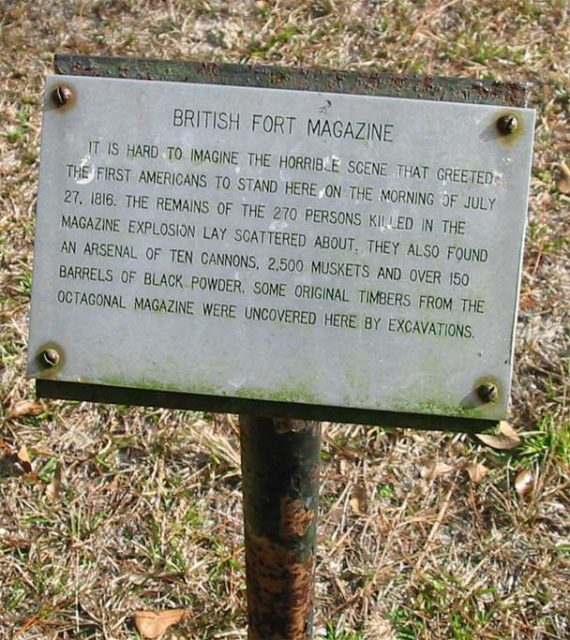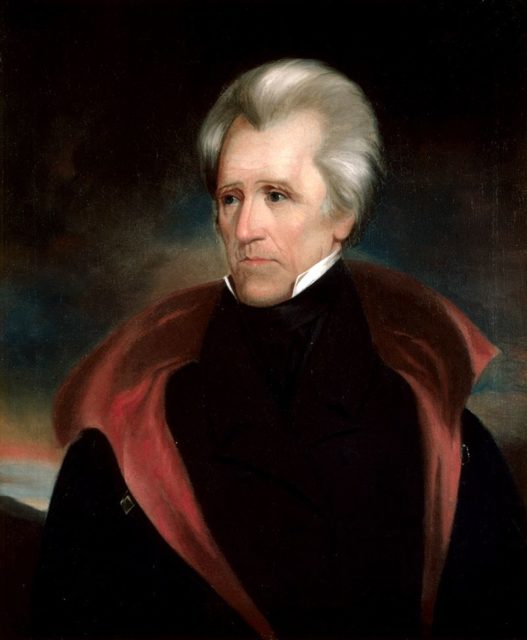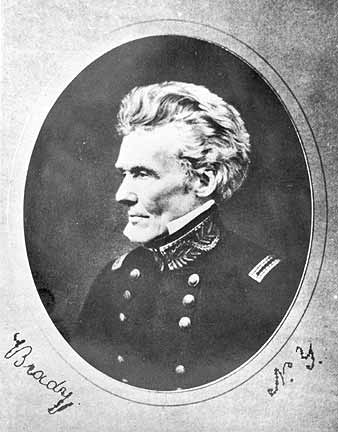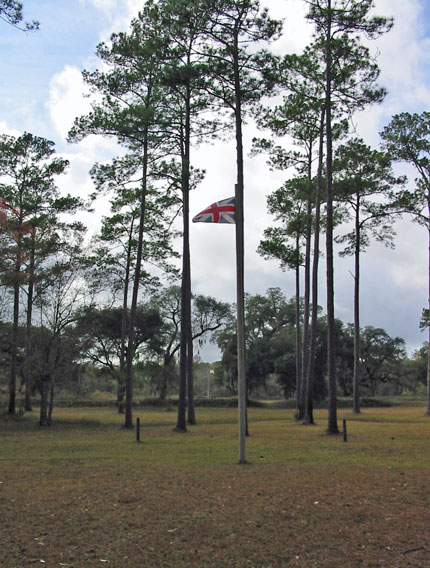Throughout the history of the struggle for freedom, slaves in America encountered many examples of brutality and methods put into place in order to preserve slavery within the country.
One terrible deed was the destruction of what was then known as Negro Fort. While the War of 1812 raged on between the British and American soldiers, a fort had been built in Spanish controlled Florida for the purpose of garrisoning British troops. This fort had a considerable black population, mainly composed of escaped slaves and free men. Choctaw and Seminole tribe members also resided within the fort.

By 1815, the British soldiers decided to withdraw their presence from Negro Fort and move on. However, as a means of sabotaging future U.S. efforts to move into Florida, the British left the black population fully armed. This would ensure that the fortress would be able to maintain its independence from the United States, at least so they believed.
Negro Fort, outside of the reach of the U.S government, quickly became a haven for slaves in America who sought to escape from their bonds.
Any slave who was able to reach this territory would have true freedom. The community surrounding the fort flourished, as many slaves were quite familiar with farming methods and were able to sustain their population without problem.

Heavily armed and autonomous, this community made many anti-abolitionists in the United States worried. Here was an example of free black men and women living well, taking care of themselves and managing their communities which could inspire more slaves to escape.
This could also have potentially led to stronger arguments for abolition. Such a place was decried as dangerous and there was considerable pressure on the government to act against the fort.
Andrew Jackson, then the Secretary of War, had no favorable things to say about the fort. Instead, he pushed for the Spanish government to neutralize the place. Without a reply from the Spanish, Jackson gave the order for General Edmund Gaines to destroy Negro Fort under a thinly veiled pretense.

While Negro Fort operated peacefully, the United States set up a fortress of their own nearby, as a means to ensure a secure border and most likely to provoke a diplomatic incident between the two parties.
With Fort Scott placed on the Flint River, the only way supplies could reach it was to pass through the Apalachicola River, which Negro Fort controlled. One day, in 1816, two gunboats escorting supplies sailed up the Apalachicola River.
Drone footage of Badbury Rings, UK in 4K
General Gaines had ensured that these boats, armed with artillery, would have a large enough troop escort to provoke a response from Negro Fort. No peaceful party would move such a heavily armed escort through this territory, and so the Negro Fort soldiers, they thought, would most likely act first as a means to protect themselves from invasion.

Sure enough, when a detachment of Gaines’ men was getting water from the river, soldiers from Negro Fort ambushed them, killing five and capturing the rest.
This “unprovoked” attack would be all the justification that Andrew Jackson and Gaines would need to lay siege to the fort. Their goal was to demolish the fort and “return” the escaped slaves who they claimed to have been stolen.
On July 27, 1816, Negro Fort found itself embroiled in military conflict. One of the commanders of the fort, Garcon, told emissaries that they would not surrender, no matter what. They raised the British flag high, as well as a red flag.
This flag symbolized what the 330 soldiers stationed at the Fort believed in. They would fight without quarter and they would rather die than become slaves again.

Thanks to British armaments, Negro Fort was too formidable for Gaines to be able to assault outright. With a great amount of gunpowder, muskets, and cannons, the black and Native American soldiers would be able to inflict many casualties in a frontal assault. Instead of a full-assault however, the order was given for the gunboats to begin their bombardments.

While both sides were prepared for a heavy battle, neither expected what came next. The first of the ordinances fired from the U.S. cannons crashed into the powder magazine of the fort. This heated shot ignited the powder and created an explosion that utterly devastated the fort.
Over 200 occupants of the fort died immediately, and the rest would succumb to their wounds in a short amount of time. The Battle for Negro Fort was over with one fateful shot.
In the end, this short conflict would quickly fade from the mind of the American public. The fort, one of the first bastions of hope and prosperity for the black community, was destroyed. But the ideals which led to its creation had only just begun to sprout.
Andrew Pourciaux is a novelist hailing from sunny Sarasota, Florida, where he spends the majority of his time writing and podcasting.
